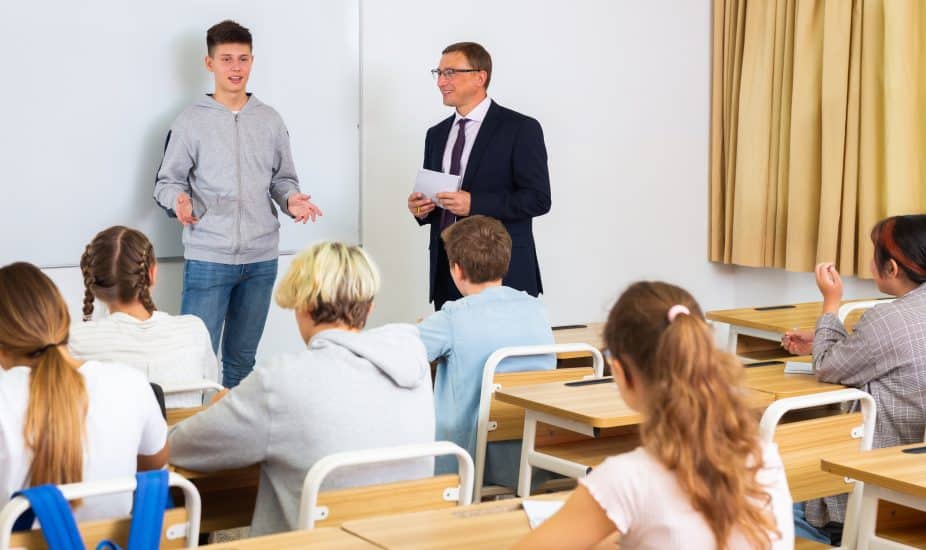There’s a certain tunnel vision that seems to narrow during the teenage years.
Kids, as we know, have a limited perspective in thinking or caring about others. They just don’t have the capacity to, yet. Nevertheless, we teach them to say please and thank you and help them to consider the point of view of others.
That inability to think about others seems to get worse before it gets better. Also, in the back of every parent’s mind is the genuine concern that their kids might never transition to true maturity — where they put the interests of others ahead of their own.
So, we keep modeling, and we keep instructing.
Besides building good manners and our desire for kids to grow up to be kind and generous people, there are other benefits for deliberately teaching adolescents about the value of service.
This thinking comes from the wise folks at the Search Institute, who put forth their Developmental Assets Framework for health and wellbeing.
Through decades of research, they’ve identified the internal and external assets a young person needs to make a successful transition to healthy adulthood, which includes avoidance of harmful substances.
According to them, “youth with high asset levels (31 – 40) are 15 times less likely to use alcohol than those with 0 – 10 assets.”
That’s an extraordinary reality and opportunity for parents and educators to consider.
Service to others is a vital component for a young person to gain the assets they need and deserve to thrive in life. But here’s the thing: rarely will a teenager go out of their way to make a commitment to ongoing service. Typically, they will need to be guided into those opportunities and given a vision for why they will benefit from doing so.
That’s where schools and parents come in.
Schools can build community service learning into their curriculum and outcomes. There are many schools where students are required to complete a certain number of hours to meet graduation requirements and some also help facilitate opportunities for students to easily participate in.
Often students are looking for community service opportunities.
One idea is to teach high school students how to facilitate the Natural High program, and then they can facilitate groups in middle and elementary schools.
We’ve created an activity for teachers and students. You can find them both here.
Parents can take part in service projects together, teaching their kids by example what it looks like to be an active participant in the betterment of their community. Those experiences will probably create stronger bonds within the family, too.
Parents can also sign their kids up for community service opportunities, as well. Their kids might not like it, but they probably don’t like making their bed or brushing their teeth either. When parents organize and schedule service opportunities together, sending small groups of peers together to serve, that might both lessen the sting out of what might feel like a punishment to a kid and help the kids form bonds with other families who have shared values.
With busy, hectic schedules it’s easy for parents to miss the opportunities to make commitments to community service. That’s why it’s helpful to take reflective pauses to consider the big picture — what success looks like for raising kids.


